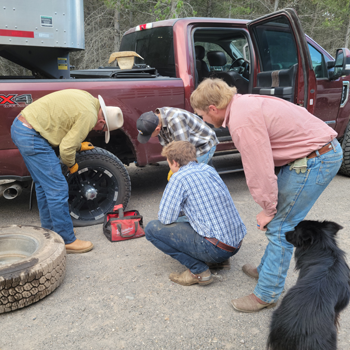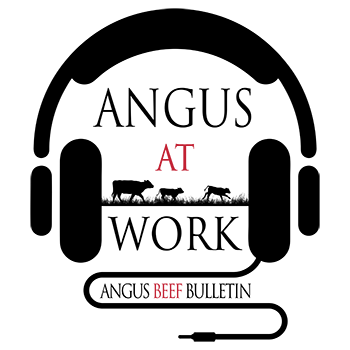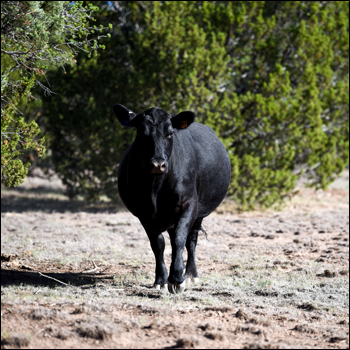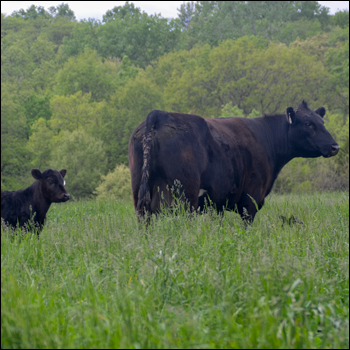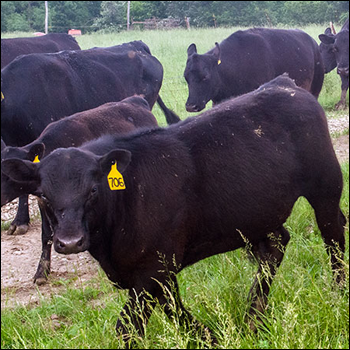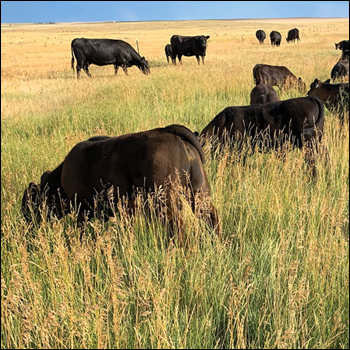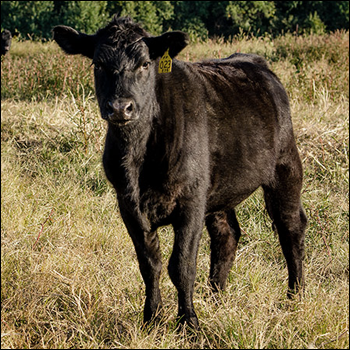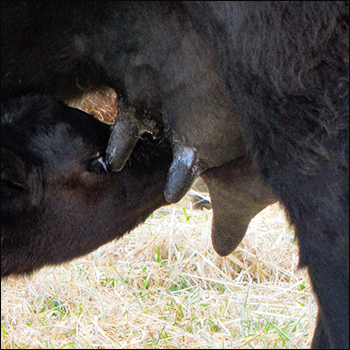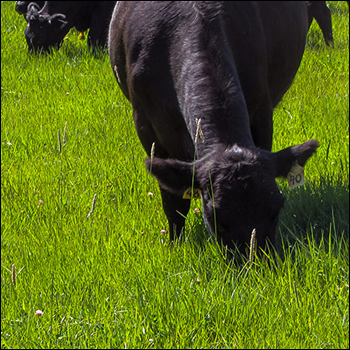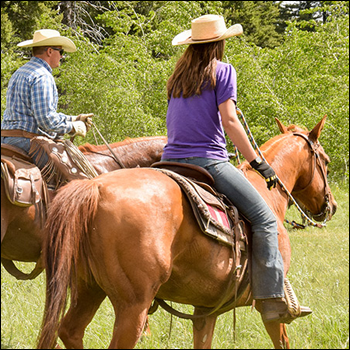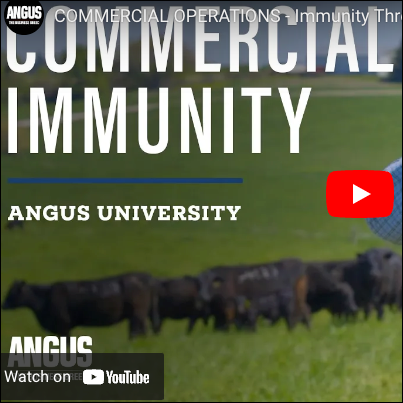
Another Record Cattle on Feed Report
During the summer months, on-feed numbers typically decline as placements moderate and marketings grow.
The latest USDA Cattle on Feed report (June) reported another record number of cattle on feed for a June 1, 11.846 million head. That was 142,000 head more than in June 2021. While a record for the month, following a number of monthly record large on-feed numbers, it’s worth recognizing that the total number of cattle on feed is declining, and has been since February.
The decline in cattle-on-feed is fairly normal, but it usually really ramps up after June. Over the 2016-2020 five-year average, the number of cattle on feed has declined 542,000 head from June to September. Last year, on-feed numbers declined 630,000 head over the same period. Typically, over the summer months, on-feed numbers decline as placements moderate and marketings grow.
More lighter weight cattle were placed, less than 700 pounds (lb.), while fewer heavier cattle were placed. The result was a 2.1% decline in total placements. Half of the increase in lightweight placements were in Texas. Each of the weight categories heavier than 699 lb. were below a year ago. More-than-700-lb. placements declined 5.5% from last year.
Marketings were 2.6% greater than last year in May. While the year-over-year increase is positive for overall market conditions, daily average marketings might also be considered a little disappointing. There was one more slaughter day in May compared to last year resulting in a 5% increase in “slaughter days” but a smaller increase in actual slaughter.
What to watch for in next month’s report? The quarterly number of heifers on feed will be released. That will mean more evidence of herd liquidation and reflects how there continues to be record-large number of cattle-on-feed given a smaller cow herd. The total number of cattle in feedlots should begin to decline sharply. Will the current trend of increasing lightweight placements continue?
Editor’s note: David Anderson is a professor and Extension economist for Texas A&M AgriLife Extension. Photo by Miranda Reiman.

Angus Proud
In this Angus Proud series, Editorial Intern Jessica Wesson provides insights into how producers across the country use Angus genetics in their respective environments.
 Angus Proud: Scott Sproul
Angus Proud: Scott Sproul
Oklahoma operation learned wisdom of moving calving season to better suit their marketing needs.
 Angus Proud: Bubba Crosby
Angus Proud: Bubba Crosby
Fall-calving Georgia herd uses quality and co-ops to market calves.
 Angus Proud: Jim Moore
Angus Proud: Jim Moore
Arkansas operation retains ownership through feeding and values carcass data.
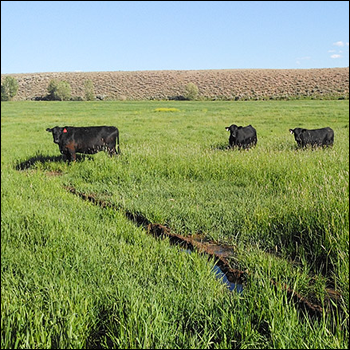 Angus Proud: Stephen Shiner
Angus Proud: Stephen Shiner
Idaho operation rotates pastures in summer and raises crops for winter.
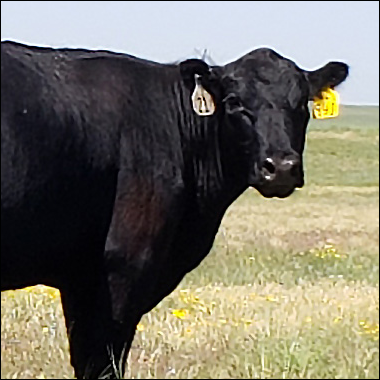 Angus Proud: Brian Nusbaum
Angus Proud: Brian Nusbaum
Angus cattle fit cattleman’s marketing goals and helped him set out on his own.
 Angus Proud: Les Shaw
Angus Proud: Les Shaw
South Dakota operation manages winter with preparation and bull selection.
 Angus Proud: Jeremy Stevens
Angus Proud: Jeremy Stevens
Nebraska operation is self-sufficient for feedstuffs despite sandy soil.
 Angus Proud: Dave Rutan
Angus Proud: Dave Rutan
Angus breeder gets the most out of his bull investment by partnering with opposite calving-season operation.
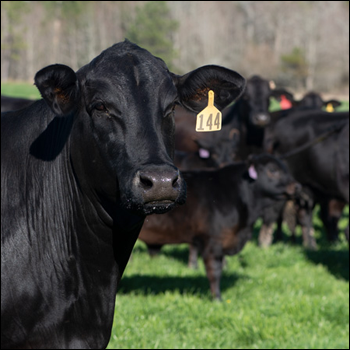 Angus Proud: Nickey Smith
Angus Proud: Nickey Smith
AngusLink helps Louisiana cattleman gain more for his calves.
 Angus Proud: Mike Moss
Angus Proud: Mike Moss
Operation’s nontraditional start lends to creativity and conservation efforts.
